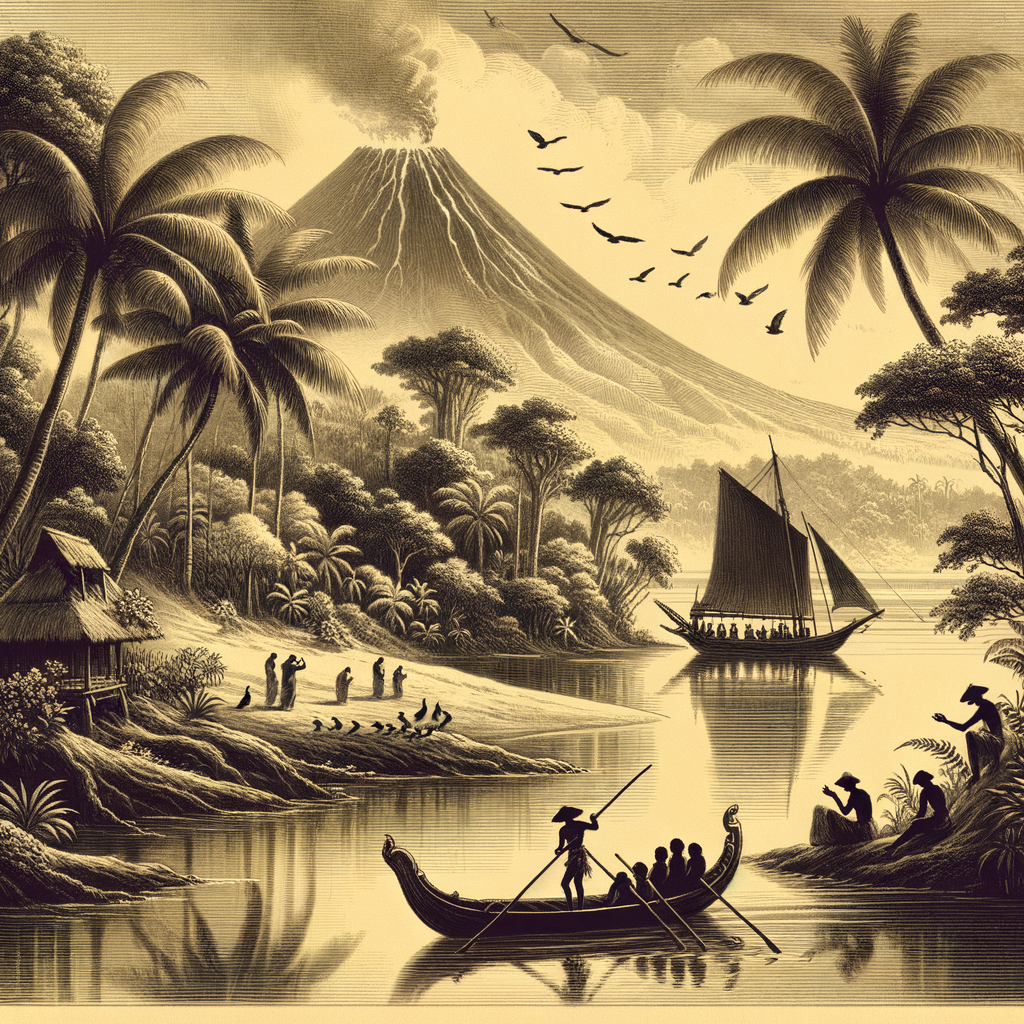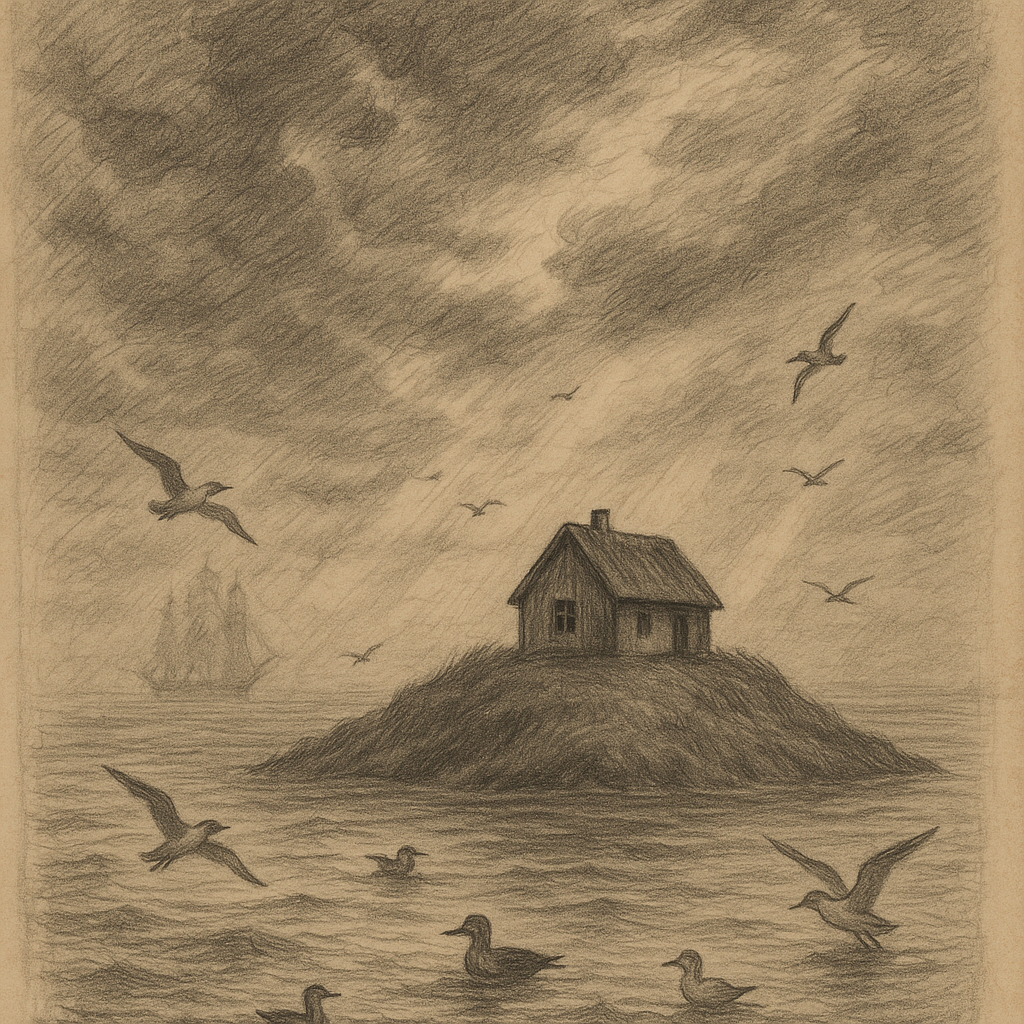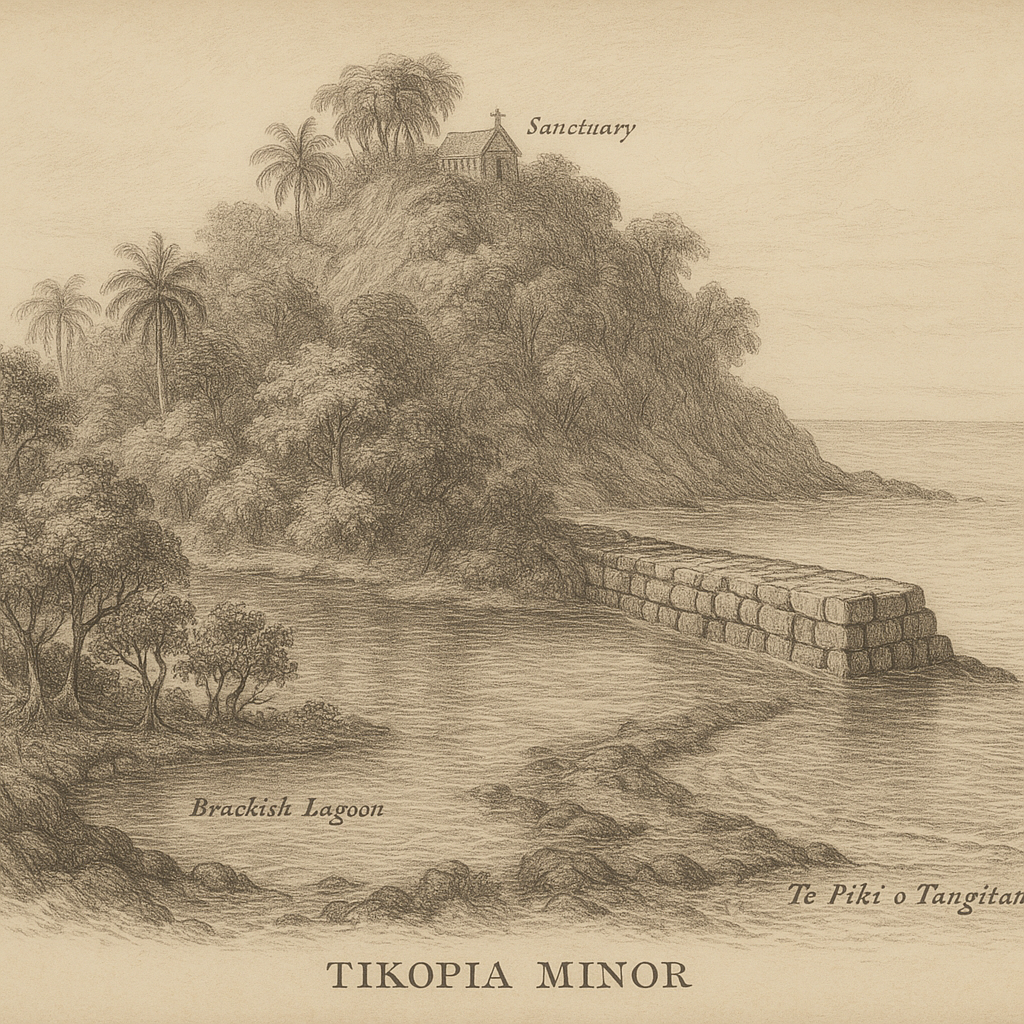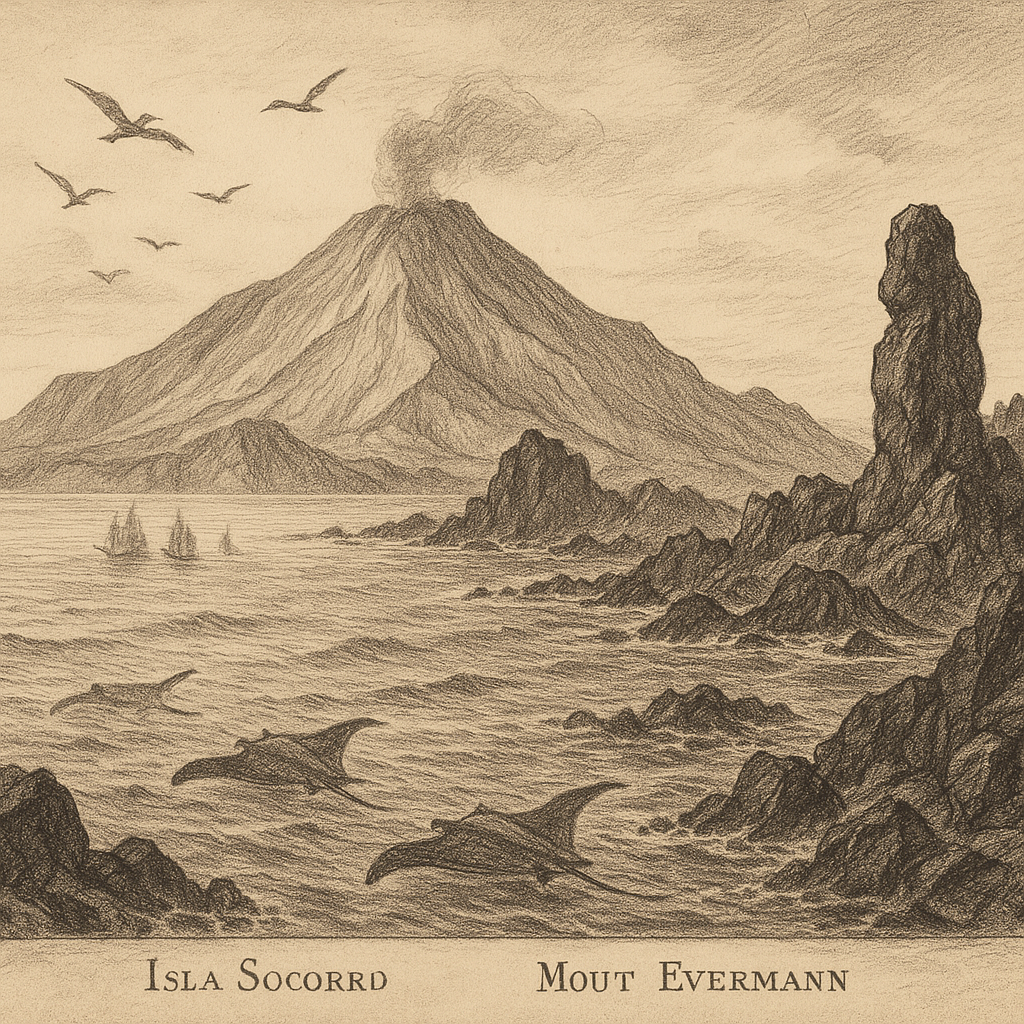Halmahera Island: Indonesia’s Remote Gem in the Spice Islands
Halmahera Island, the largest island in the Maluku (Moluccas) archipelago of eastern Indonesia, is a place steeped in ancient history, natural splendor, and a hint of mystery. Tucked between the Philippines to the north and Sulawesi to the west, Halmahera is part of the North Maluku province and forms a central piece of what were once known as the fabled “Spice Islands”.
Geography and Location
Located within the Indonesian archipelago, Halmahera lies just west of Papua and east of the large island of Sulawesi. Covering an area of approximately 17,780 square kilometers, it is the largest island in North Maluku and the sixth largest in all of Indonesia. Despite its size, the island is sparsely populated, with dense tropical forests, rugged coastal lines, volcanic terrain, and secluded bays dominating its landscape.
Halmahera has a distinctive, irregular shape resembling a manta ray, with several peninsulas and bays cutting into its coastline. Its position within the biodiverse “Coral Triangle” makes it a vital region both geologically and ecologically.
Geology and Volcanoes
Halmahera is part of the tectonically active zone known as the Pacific Ring of Fire. The island’s eastern edge lies close to the convergence of multiple tectonic plates, causing frequent seismic activity and the formation of several volcanoes. Among the most prominent is Mount Dukono, an active volcano located in the north of the island, which has been in near-continuous eruption since 1933.
The geological complexity of the region has also endowed Halmahera with vast mineral resources, including significant deposits of nickel, gold, and copper. However, the extraction of these resources must be balanced with conservation efforts to maintain the island’s fragile ecosystems.
Climate and Biodiversity
The island’s equatorial location provides a humid tropical climate with heavy rainfall throughout most of the year, especially during the monsoon season from November to April. Temperatures typically average between 24°C and 30°C, creating ideal conditions for lush vegetation and rich biodiversity.
Halmahera’s tropical rainforests are home to a remarkable number of endemic species. The island hosts several bird species found nowhere else on Earth, including the Moluccan woodcock and the rare Halmahera paradise-crow. The coastal waters of Halmahera are part of some of the richest marine ecosystems in the world, supporting coral reefs, whale sharks, dugongs, sea turtles, and hundreds of fish species.
Cultural and Historical Significance
Halmahera holds a unique place in the history of the Indonesian archipelago. It played a role in the ancient spice trade, particularly in the production and trade of cloves and nutmeg — spices so valuable they once ignited colonial conflicts. The island was an important stopover for traders from China, Arabia, and later Europe.
Several sultanates, including the powerful Ternate and Tidore kingdoms, exerted influence over Halmahera during the 15th and 16th centuries. These sultanates were instrumental in shaping the region’s Islamic culture, which coexists today with Christian and indigenous animist beliefs.
During World War II, Halmahera was occupied by Japanese forces and became a site of military significance, leaving behind relics that can still be found scattered in remote areas of the island.
Local Life and Accessibility
Despite its size, Halmahera remains largely undeveloped compared to other parts of Indonesia. The population, consisting of various ethnic groups such as the Tobelo and Galela people, live mostly in small coastal villages. Fishing, subsistence agriculture, and small-scale farming are the primary means of livelihood.
The infrastructure on the island is modest, with limited road networks and transportation facilities. Most travel is conducted via boat or small aircraft, making access to the interior difficult. Tourism is slowly growing, with eco-tourists, bird watchers, and adventurous travelers seeking out the island’s unspoiled landscapes.
Interesting Facts
– Halmahera is considered one of the richest birding sites in Indonesia, with over 200 bird species recorded, 26 of which are endemic.
– The island sits at the crossroads of Wallacea, a transition zone between the fauna of Asia and Australasia, making its wildlife particularly unique.
– The nearby Gura Ici island group within Halmahera’s jurisdiction is a prime diving destination with pristine coral gardens and an abundance of marine life.
– The region’s remote location means Halmahera has some of the darkest skies in the country, making it an ideal spot for stargazing.
– Some traditional communities on the island still practice age-old rituals tied to the agricultural calendar and ancestral worship.
Myths and Legends of Halmahera
Halmahera is not only rich in biodiversity and history but also in the oral traditions and mystical legends passed down through generations. One of the most enduring legends speaks of the “Guardians of Mount Dukono”. Local stories tell of spirit-beings who reside in the volcano, punishing those who disrespect the land by causing eruptions. Offerings and prayers are still made by elders during certain festivals to appease these spirits.
Another legend speaks of a hidden underwater kingdom in the Halmahera Sea, ruled by a mythical queen known as Ibu Laut – the Mother of the Sea. Fishermen in the region sometimes leave offerings near coral reefs before heading to sea, asking for safe passage and a bountiful catch.
These legends, interwoven with Islamic, Christian, and indigenous beliefs, create a rich tapestry of culture that continues to influence the identity and worldview of the island’s communities today.
Conservation and the Future
Halmahera remains one of Indonesia’s most pristine and least exploited islands, largely due to its inaccessibility and rugged terrain. However, increasing interest in mining, logging, and development poses significant challenges. Conservation organizations have started working with local communities to establish protected areas and promote sustainable ecotourism as a means to preserve the island’s natural and cultural heritage.
While Halmahera may not yet be a household name among global travelers, its untouched beauty, ecological significance, and enigmatic charm make it a destination of growing intrigue and importance. For those willing to venture off the beaten path, Halmahera offers a glimpse into a world where wild nature and ancient traditions still reign.



